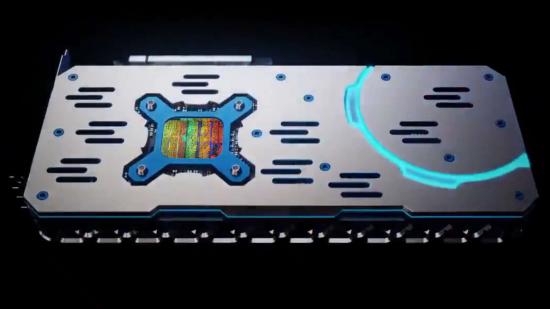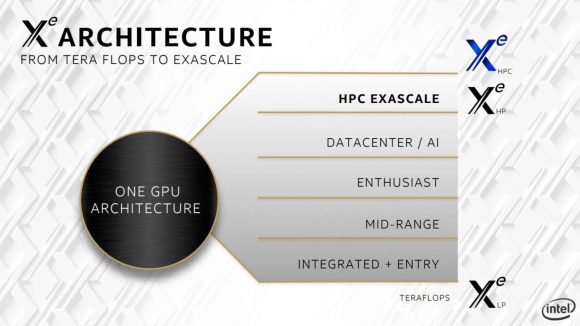According to a regular poster on Chinese tech forum, Chiphell, the Intel Xe GPUs will only appear in reference graphics card designs with no current add-in board (AIB) partners yet willing to cooperate for this first-gen release. That’s probably not a huge surprise, given that it’s an unproven architecture that manufacturers aren’t going to want to commit to until they see some momentum with second and third-gen Xe GPUs.
But if that sounds credible, and I think it does, how much you trust forum posters will determine just how much faith you put in what else wjm47196 has to say about the development troubles of Intel’s Xe GPUs… The way it’s spread across the net today, despite being posted back in November, suggests it’s being taken as read.
The first point they make in their unsourced post is that progress is not going smoothly, despite the announcement last month that Intel had passed the power on tests of the first GPU. They say that right now the efficiency of the architecture is very low and that reportedly makes it very unlikely it will be able to compete with either AMD or Nvidia’s discrete graphics card offerings.
The Chiphell post from November (via Sweclockers) also says that it is unlikely that the big 1,000+ EU versions of the Xe GPU, potentially the recently announced 7nm Intel Ponte Vecchio, will be released in the next two years. So far, the largest Xe GPU we’ve heard about in gaming terms is the DG2 with 512 EUs, so the server-side big Xe GPU expected in 2021 is probably what they’re referencing at this point.
Finally they also mention that the creation of the drivers is going to take a lot of time to get exactly right.
Which all sounds… like Intel is finding the creation of a brand new GPU architecture for its first dedicated graphics card for PC gaming difficult. I know, that’s not exactly news. These things are hard to do and Intel will be the first to say that it’s aware the first generation of Xe GPUs isn’t going to suddenly appear in 2020 to topple the traditional Nvidia/AMD graphics card hegemony with one fell swoop.
A forum poster suggesting that Intel is finding the process difficult isn’t exactly saying something we couldn’t already guess. But the fact that it is difficult also doesn’t necessarily mean anything in terms of how it impacts the release of a new graphics card next year.
Is the efficiency ‘issue’ something to worry about now? I’m not convinced – development kits of unreleased graphics cards always end up chewing through a huge amount more power than the final released versions of the silicon, once driver and firmware optimisations have been implemented.
Sure, a potential June 2020 release isn’t actually that far away now, but six months for Intel’s engineers to tune final silicon and software doesn’t make its summer launch an impossibility.

